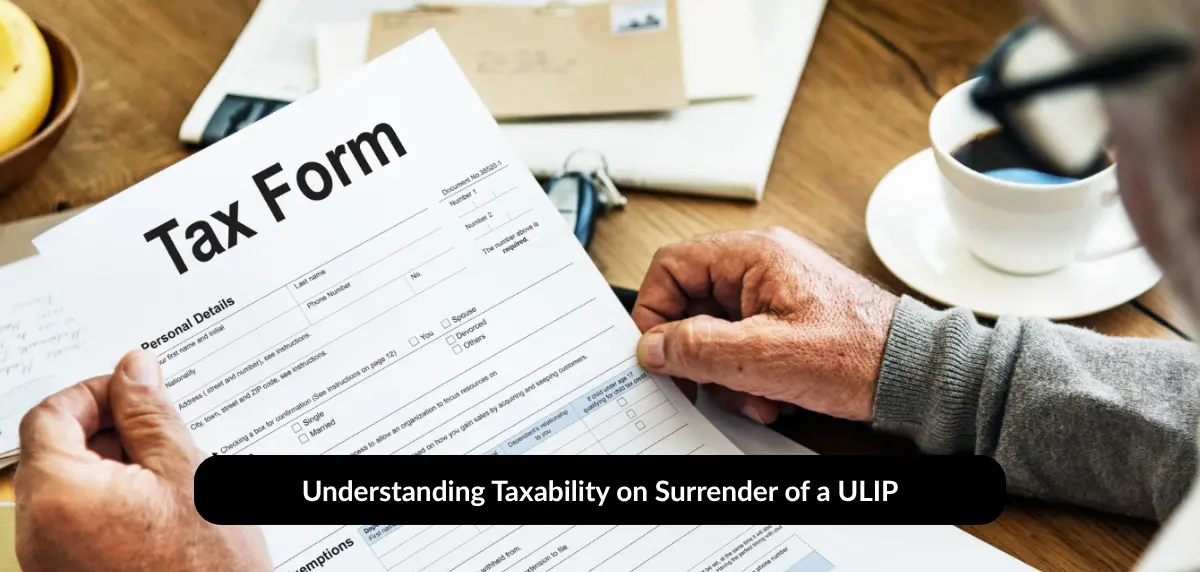Unit-linked Investment Plans (ULIPs) offer both market-linked growth and life insurance cover. They help you with wealth creation while also providing future protection for loved ones. Investing in ULIPs can help you build a corpus that supports long-term goals like buying a home, funding a child’s education, and planning retirement.
Knowing ULIP taxation aspects can help you understand how these plans can factor into your financial planning. Here is a look at how your ULIP may be taxed based on some specific parameters.
For ULIPs Purchased After 1st April 2012
If you have purchased a ULIP Plan on or after 1st April 2012, and your premium for the same does not exceed 10% of the total sum assured, you can claim a deduction under Section 80C of the Income Tax Act, 1961. The maturity proceeds are exempt from tax under Section 10(10D) as long as you stay within this limit. If your premium payments go beyond 10% of the sum assured, you can only claim a deduction up to that 10% threshold, and the maturity payout becomes taxable.
For ULIPs Purchased Before 1st April 2012
If you have purchased a ULIP before 1st April 2012, the Section 80C deduction applies if your premiums are up to 20% of the sum assured. Maturity proceeds are tax-free under Section 10(10D) provided you do not exceed the 20% limit. Any premium paid above 20% of the sum assured qualifies for deduction only up to the 20% cap, and the excess amount causes the maturity benefit to be taxable.
Tax Treatment on Surrender
If you are planning to surrender your ULIP during its lock-in period, you ought to know about the taxability of ULIP on surrender. The payout you receive becomes taxable income. This is known as ULIP surrender taxation, meaning the tax on ULIP surrender applies to any amount you take out early. Therefore, your ULIP policy surrender amount is taxable if you exit before completing the lock-in period.
Compare various ULIP Plans to find one that matches your goals. Use a ULIP plan calculator online to get clarity of how to compare ULIPs and estimate premiums, projected fund values, and potential tax savings before making an investment.






















